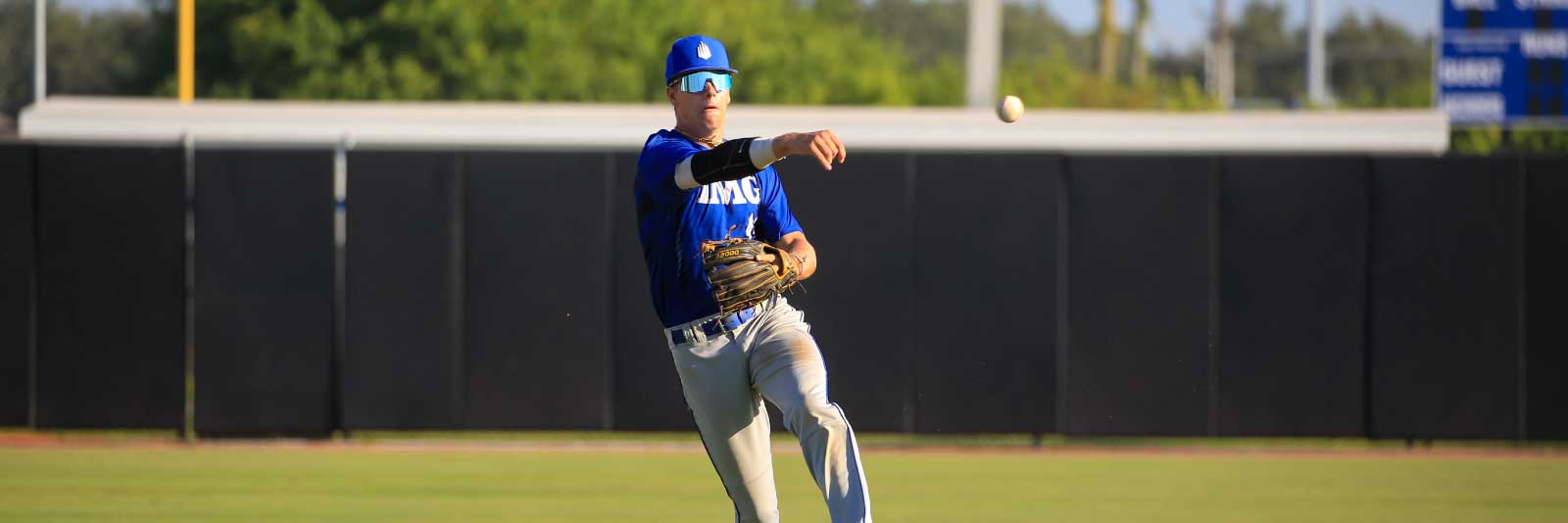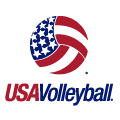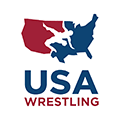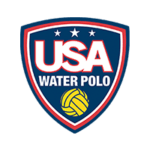How Baseball Scholarships Really Work

Between NCAA schools, NAIA schools and junior colleges, there are just over 1,650 college baseball programs with roughly 34,500 college baseball players in the country. The competition for roughly 5,400 scholarships is fierce. Baseball is an equivalency sport, which means that scholarships can be divided up and given to multiple players. A full-ride scholarship for baseball players is rare. Here, we break down the facts about baseball scholarships.
Quick Links
How many baseball scholarships are allowed: Number of baseball scholarships by division level
| Division Level | Number of Teams | Total Athletes | Average Team Size | Scholarship Limit Per Team | Scholarship Limit Type |
| D1 | 295 | 11,712 | 39.7 | 11.7 | Equivalency |
| D2 | 260 | 11,616 | 44.7 | 9 | Equivalency |
| D3 | 388 | 15,521 | 40 | N/A | N/A |
| NAIA | 193 | 6,300 | 38 | 12 | Equivalency |
| JUCO | 406 | 15,300 | 30 | 24 | Equivalency |
The NCAA D1 Council adopted legislation that loosened regulation for need-based aid and academic scholarships that are not tied to athletic ability. Effective August 1, 2020, baseball teams will not have any athletes’ need- and academic-based aid count against the maximum athletic scholarship limit. Prior to this rule change, athletes had to meet certain criteria for their additional aid to not be counted against a team’s athletic scholarship limit.
Baseball teams will still have a maximum athletic scholarship cap, but student-athletes can seek to add as much need-based aid and academic scholarships as they qualify for. With both school and family budgets being impacted by the coronavirus, this rule change should allow baseball programs that have the funds to extend more money to families and athletes that need it—especially at pricier private colleges.
Note: Ivy League and Patriot League programs do not offer any athletic scholarships. Neither do Division 3 schools. It is also important to know that the scholarship limits per team are the maximum number of scholarships a school can award, and which coaches divide among players on the team. But that does not necessarily indicate how many scholarships a team will have. Some Division 1 programs, for example, may offer athletes less than 11.7 scholarships. This is because not all teams are fully-funded, meaning the athletic department at the school does not give them the full allotment of scholarships allowed at their level.
D1 baseball scholarships
- Total baseball programs: 295
- Maximum scholarships available per program: 11.7
Division 1 baseball programs usually start recruiting earlier than baseball programs at the other division levels, with some verbal offers and commitments made by the time an athlete reaches sophomore year of high school.
Under NCAA rules, a Division 1 baseball team’s 11.7 scholarships can be divided between a maximum of 27 players on a 39-player roster, with all players on athletic scholarship having to receive a minimum of a 25 percent scholarship. That leaves room for eight walk-ons. These players will initially not be offered an athletic scholarship, but they can earn a scholarship in the future. Academically, athletes need to complete 10 of their 16 core courses before their senior year in high school:
- Four years of English
- Three years of math (Algebra 1 or higher)
- Two years of natural/physical science
- One additional year of English, math or natural/physical science
- Two years of social science
- Four additional years of English, math, natural/physical science, social science, foreign language, comparative religion or philosophy
Athletes must have at least a 2.3 GPA on a 4.0 scale. To be eligible to play at the Division 1 or Division 2 level, athletes must register with the NCAA Eligibility Center. The NCAA recommends starting this after your sophomore year of high school. Where are local AAU baseball tryouts?
D2 baseball scholarships
- Total baseball programs: 260
- Maximum scholarships available: 9
Some athletes who play Division 2 baseball have the ability to play for a Division 1 program, but ultimately choose to play Division 2 because they can play earlier in their career. Some athletes move down a division level because they qualify for more athletic scholarship money. Remember: The best way to get more money is to be a top, apex player for your division level. Division 2 programs also begin identifying prospects somewhat early in the process and will typically make verbal offers in advance of the early signing period, which takes place during a student-athlete’s senior year.
The NCAA academic eligibility requirements are similar to the Division 1 level. To compete at the Division 2 level, recruits must complete the following core course requirements:
- Three years of English
- Two years of math (Algebra 1 or higher)
- Two years of science (including one year of lab, if offered)
- Two years of social science
- Four additional years of English, math, science, social science, world language or nondoctrinal religion/philosophy.
Division 2 schools also use a sliding scale to determine what test scores the athlete needs based on their core course GPA.
D3 baseball scholarships
- Total baseball programs: 388
- Maximum scholarships available: 0
Division 3 programs do not offer athletic scholarships, but they can put together attractive financial aid packages that rival the athletic scholarships at other levels. Division 3 programs usually have limited recruiting budgets and rely on student-athletes reaching out to them to express their interest with video footage to be evaluated.
There are no NCAA academic requirements like at the Division 1 and Division 2 levels, with each university setting its own standards. However, many Division 3 schools are academically rigorous. Athletes should research the admissions requirements at their target schools to make sure they qualify.
NAIA baseball scholarships
- Total baseball programs: 193
- Maximum scholarships available: 12
While scholarships are often divided up into partial scholarships amongst many players on the roster, many high-level players will choose to play at the NAIA level to obtain a better athletic scholarship package. Academically, athletes must meet two of the following three requirements:
- Finish in the top half of their graduating class
- A minimum 2.0 GPA (on a 4.0 scale)
- 970 on the SAT or 18 on the ACT
Recruits must register with the NAIA Eligibility Center to be eligible to compete at the NAIA level.
Junior college baseball scholarships
- Total baseball programs: 406
- Maximum scholarships available: 24
The purpose of junior college baseball is to give players two years (occasionally one year) of athletic and academic development. For many athletes, the ultimate goal is to find a good fit with a four-year program after leaving the junior college. Many junior college baseball programs have high-level talent, and they have a reputation for placing their players at solid NCAA Division 1 and Division 2 programs.
Academically, recruits must graduate from high school or receive a state-authorized GED. Those who have not graduated high school must pass 12 college credits with at least a 1.75 GPA.
Can you get a full-ride scholarship for baseball?
It is rare. As we have noted, there are a limited number of baseball scholarships programs have available to the entire team. At the Division 1 level, that number is 11.7. Coaches award partial scholarships among their roster. In addition, the position an athlete plays can also be a factor. The majority of a program’s scholarship money typically goes to pitchers, catchers and the most solid hitters.
How long does a baseball scholarship last?
Most athletes will sign a one-year scholarship agreement with their program, which guarantees their athletic scholarship for that year. For each of the subsequent years, the athlete will need to renew their scholarship. Multi-year scholarship agreements are allowed but are not widely used for baseball teams.
What is a good baseball scholarship offer?
It is difficult to define what constitutes a “good” baseball scholarship offer. Because baseball is an equivalency sport, coaches have the discretion to distribute scholarships across their rosters as they see fit. Another factor is the varying costs of tuition. According to the College Board, the average cost of tuition and fees for state residents at public colleges is roughly $11,000. The average cost of tuition and fees for private colleges is about $39,000. So, a 50 percent offer from a state school would be $5,500, while the same offer from a private college would be about $19,500.
Keep in mind that if an offer is for 100 percent of tuition, that is not a full-ride because it does not include books, fees or housing. We recommend that families enter the recruiting process with a clear financial picture of what they are willing to pay for four years of college. This will put them in a better position to consider scholarship offers based on what they are prepared to pay out of pocket.
How does your position affect your scholarship?
The priority positions for baseball recruiting are pitchers, catchers, shortstops and center fielders. Coaches typically build their roster through the middle of the field. Other positions can be in line for scholarships, but it depends on the coach’s specific roster needs.
What are my chances of getting a baseball scholarship?
Playing college baseball is fiercely competitive. In the 2018–2019 school year, there were roughly 482,700 high school baseball players in the United States. There were just over 36,000 college baseball players. That means about 7 percent of high school players went on to compete in the NCAA. Just 2 percent go on to compete at the NCAA Division 1 level!
How to negotiate a baseball scholarship offer?
There is an etiquette to baseball scholarship discussions. An introductory email, for example, is not the proper platform to flatly declare to a coach, “I’m looking for a scholarship.” The most likely time to talk scholarships will be on campus in a face-to-face meeting with the coach. This can happen on an official or unofficial visit. The strongest negotiation position in which a recruit will find themselves is one in which they have offers from other schools. College baseball is very competitive, and a coach will not want to lose a prized recruit to another program. In negotiating a scholarship offer, rather than declaring, “This is the number we need,” it may be more productive to tell the coach, “This is the number we had in mind; is there a way to make this number work in the future?” Read more about negotiating your scholarship offer.
















